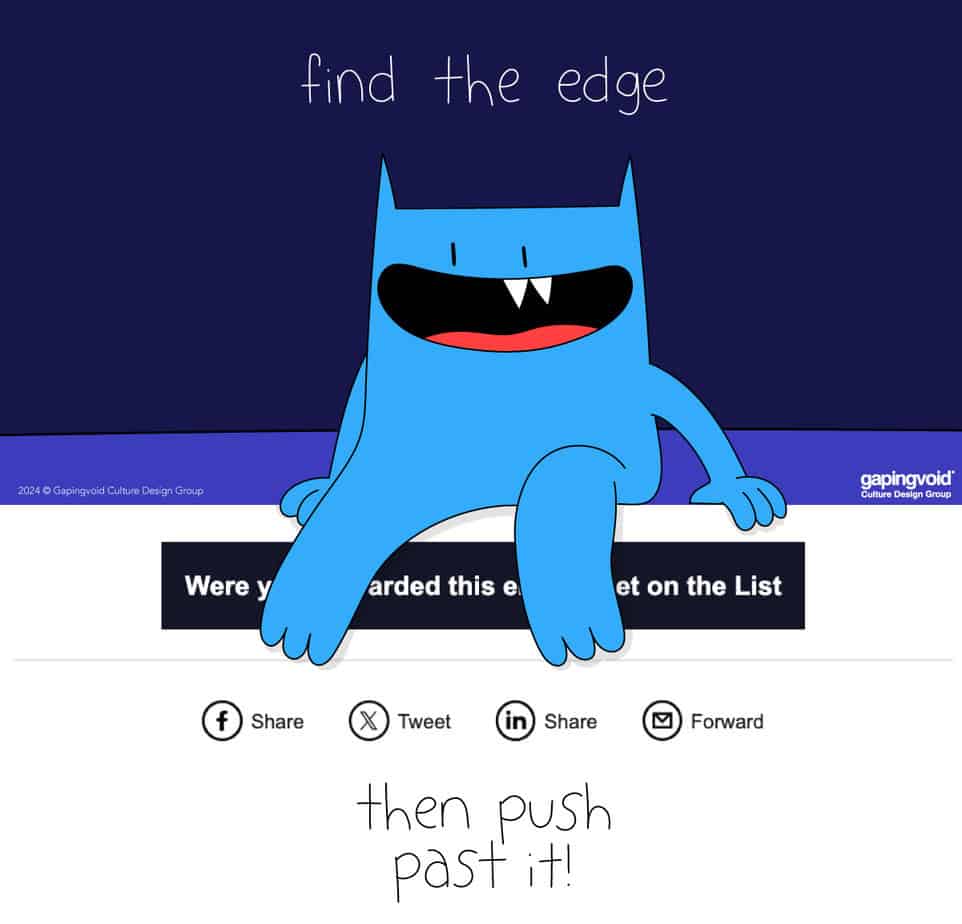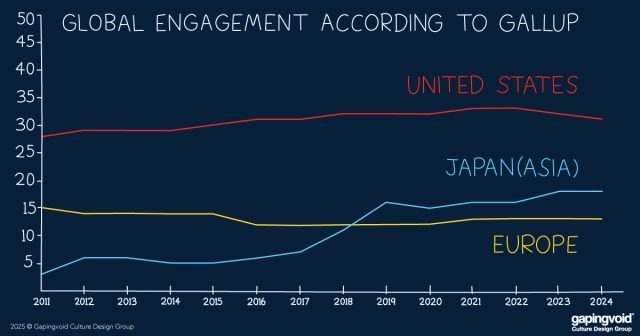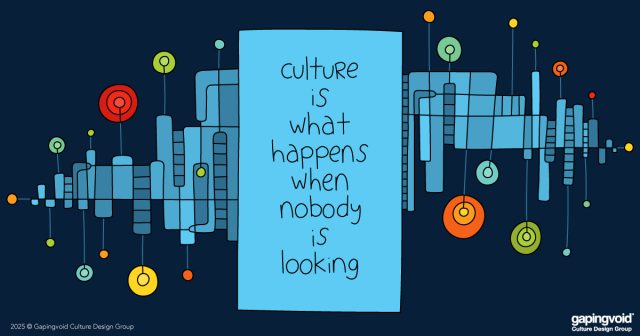
Imagine a curve. Amazon is on the left, hyper-efficient, where you can buy a nice handbag made in China for $15. Hermes is on the right, hyper-inefficient and artisanal, making $20,000 Birkin bags with a five year waiting list (that is, if they let you on the list to begin with).
Most people pick somewhere in the middle. Nice-looking bags that kinda-sorta look luxurious, but “not quite.” A couple of hundred dollars, say.
That sounds like a nice, safe place to be. After all, it’s where the largest part of the market lives. The trouble is, of course, everyone else has the same idea, making the market extremely crowded and super-competitive.
Amazon and Hermes aren’t going anywhere soon. It’s the middle ground where most of the business casualties will occur.
And not just handbags. Take Halloween costumes:
What kind of costumes haunt social media and go viral? Which ones are sparking conversations?
It isn’t the normal stuff – the mass produced options you can buy off a shelf. Every Halloween, millions of Darth Vaders, nurses, and zombies roam the streets and fill Halloween parties. Which makes them utterly unremarkable.
What spreads are the aberrations. The bizarre stuff that makes you look twice. The homemade costume that goes viral (so clever it makes you stop scrolling). Costumes like this. Or this. Or this.
Why?
Because our brains are hardwired to notice what’s different. It’s psychology 101: the bizarreness effect makes the strange more memorable than the mundane while the salience effect ensures that what sticks out gets noticed.
But this isn’t really about Halloween. What goes for costumes goes for making meaningful change or crafting any kind of movement.
The ideas that spread and change us in the process have an edge. Think about Bill Gates saying he wants to put a computer on every desk and in every office in a day and age when computers were massive and unaffordable. Or Patagonia’s “Don’t Buy This Jacket” campaign – while every other retailer was screaming – “buy more!” they said, buy less. Or Disney’s 2024 Super Bowl ad: while every other advertiser sprinted toward flashier graphics, Disney went the other way. Even in smaller markets, the edge-seekers win. Like Liquid Death putting water in tall boys and marketing it like a heavy metal band when everyone else was pushing alpine springs. Or Cards Against Humanity telling the world they were a “party game for horrible people” when most other games were trying to position themselves as family friendly.
Two decades ago, our friend, Seth Godin, shared a piece of wisdom when our company was just starting out:
“Find the edge- your call which one- and just go there.”
It was probably the best bit of advice we ever received.
Moral of the story: If you can find a way to get there, the edges are the place to be.
There’s a reason why most of the casualties in World War One were created in no-man’s land…



